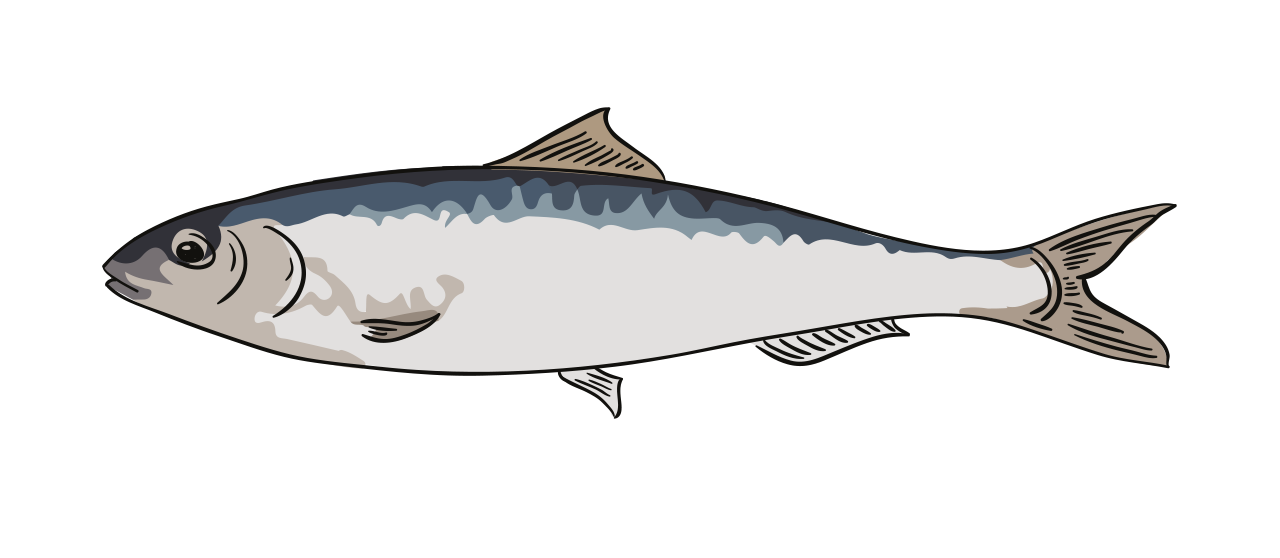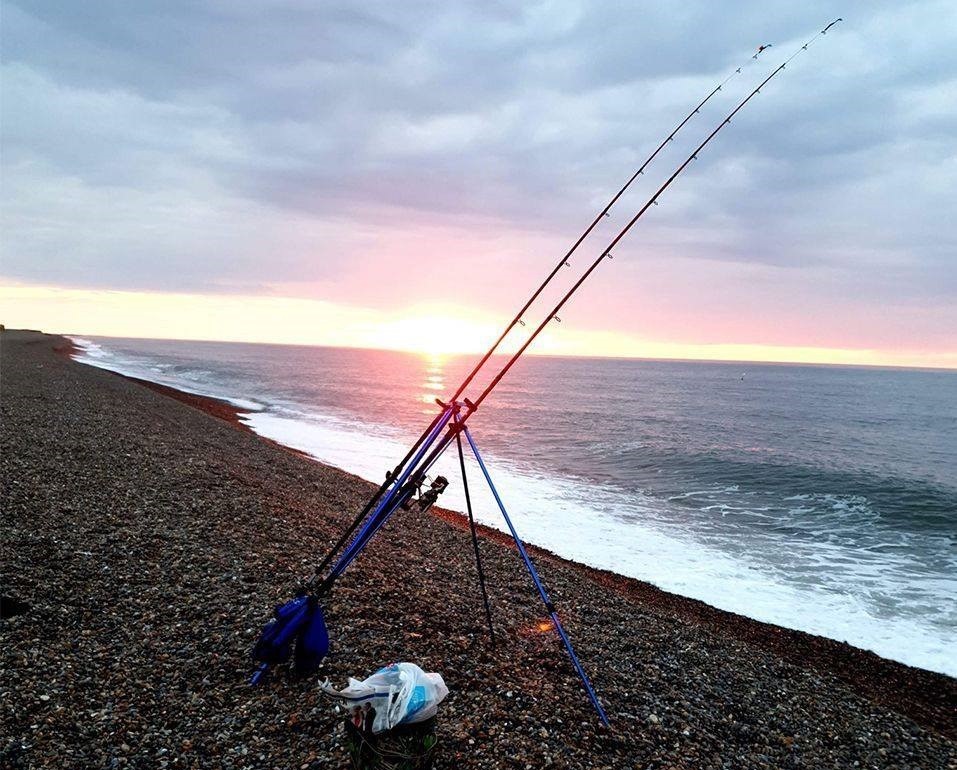Sardine | Fish Species Guide | Angling Direct

Sardine
aka Sardina pilchardus
Also referred to as pilchards, the sardine in a small to medium-sized fish that somewhat looks like herring as its nearly cylindrical, with a rounded belly. Generally living close to land and are surface feeders, this fish is widely distributed across the English Channel, the North and Black Seas and European coasts of the Mediterranean. It is silver in colour with a darker, green or olive coloured back, small pectoral and anal fins, a triangular dorsal fin and a deeply forked tail.
The term "sardine" first appeared in English during the early 15th century and may originate from Sardinia, an island in the Mediterranean around which sardines were once abundant. There are 21 species that may be classified as sardines.
Stats
Status
Habitat
Often found around ports and piers and up to 240km offshore.
Bait
Bread balls & squid strips.
Native or Invasive
Native
Where
Found anywhere there is deep water structures, from Iceland down to North Africa, and throughout the Mediterranean.
 Catch Experience
Catch Experience
Video
Blog Highlight
The Ultimate Buying Guide for Sea Anglers - What Equipment Do You NEED to Start Sea or Beach Fishing?
<p>As an island, the UK has plenty of coastlines that provide plenty of opportunities for sea fishing whether it's offshore or beach fishing from the shore. This guide will help you compile the ultimate sea fishing starter kit, covering rods,...
Read More